Phone: (714) 695-1566
Fax: (714) 695-1553
Email: info@salinaspt.com
23655 Via Del Rio, Suite C
Yorba Linda, CA 92887
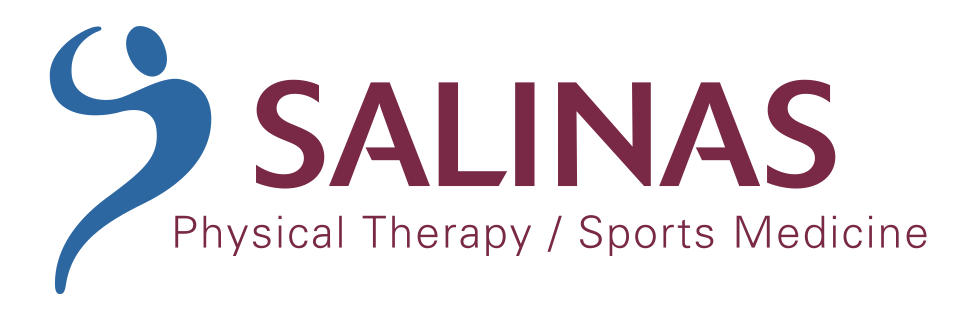
Phone: (714) 695-1566
Fax: (714) 695-1553
Email: info@salinaspt.com
23655 Via Del Rio, Suite C
Yorba Linda, CA 92887
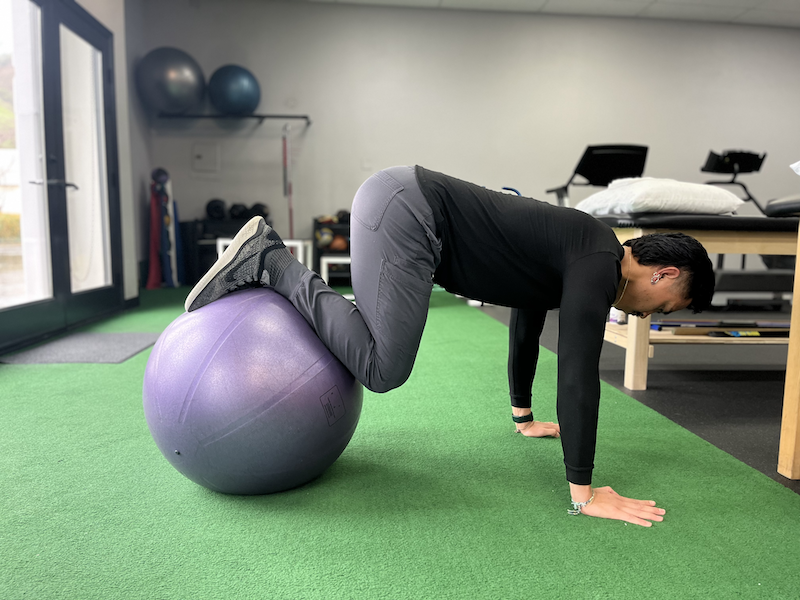
The term, “Core Exercise” is often associated with “six-pack abs”. Aside from the visual aesthetic, core strength is foundational to stabilizing your spine and preventing back pain. Having a strong core allows you to perform daily tasks but can also be a catalyst for improving overall performance. The core muscles provide the ability to transfer force to the upper extremities in almost all sports with rotational sports generating the highest levels of torque. In this article, we’re sharing three effective core strengthening exercises using a stability ball.
The anatomical core includes more than just your abdominal muscles. First of all, the abdominals consist of the rectus abdominis (aka: six-pack), transverse abdominis, and the internal/external obliques. In addition to the abdominals, there are the diaphragm and the pelvic floor muscles which form the top and bottom of the core muscles, and the erector spinae group which is essentially your back muscles. Some core muscles span several vertebrae and possess lever arms making them ideal for torque production [1]. There are also very small muscles that only span one vertebra and act more as sensors and local stabilizers.
There are three essential systems to developing stability of your spine and preventing injury, which include:
Unstable surfaces are commonly used for rehabilitation of the spine in a clinical setting. Increasing the level of instability during weightlifting has been shown to increase the engagement of the core [1]. There are several ways to create instability such as performing exercises with free weights instead of machines, supporting the body on one foot rather than two, and incorporating unstable equipment like a stability ball.
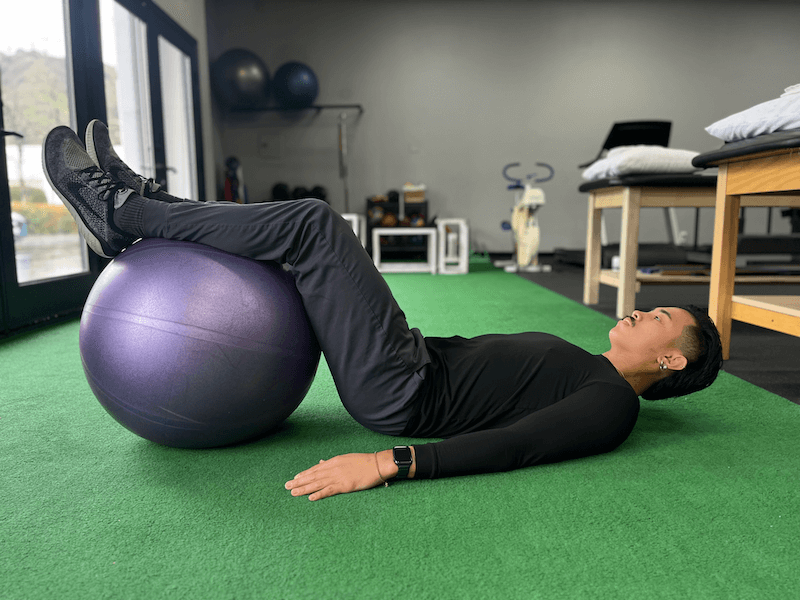
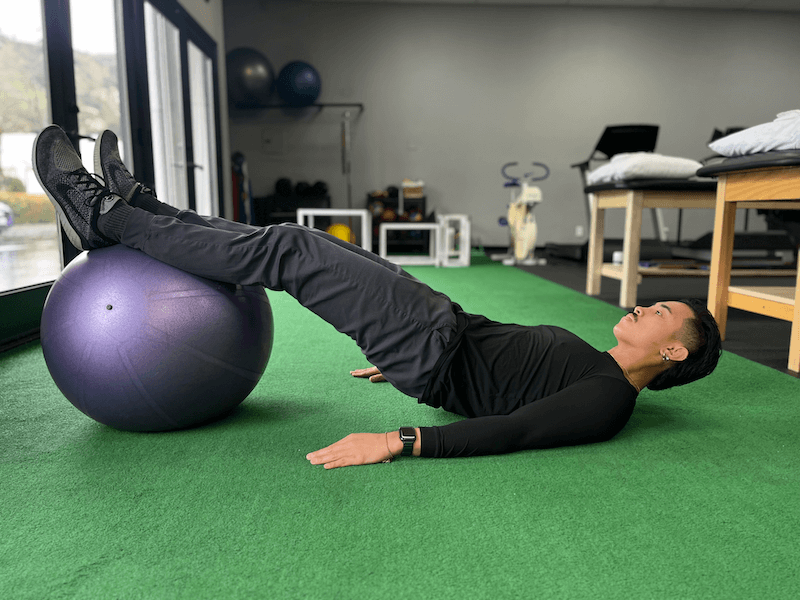
*You should feel this exercise – in your glutes, quads, and abdominal muscles.
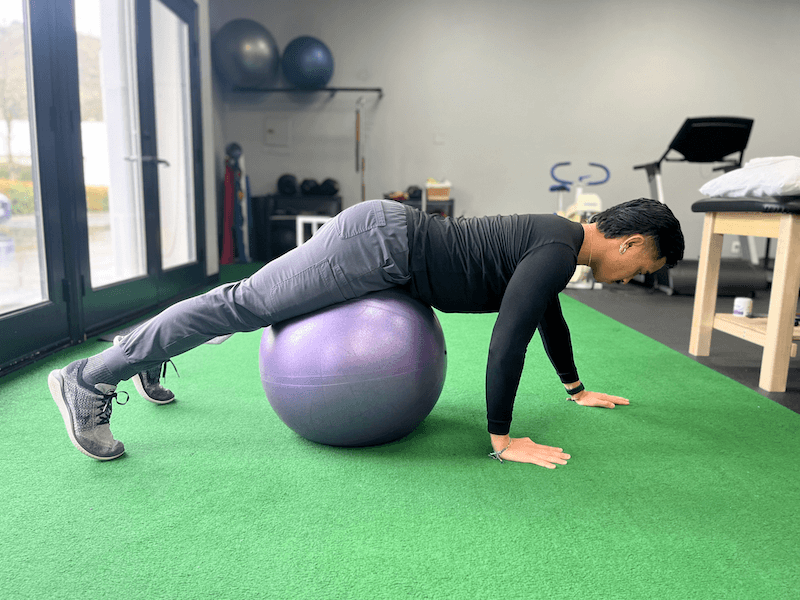
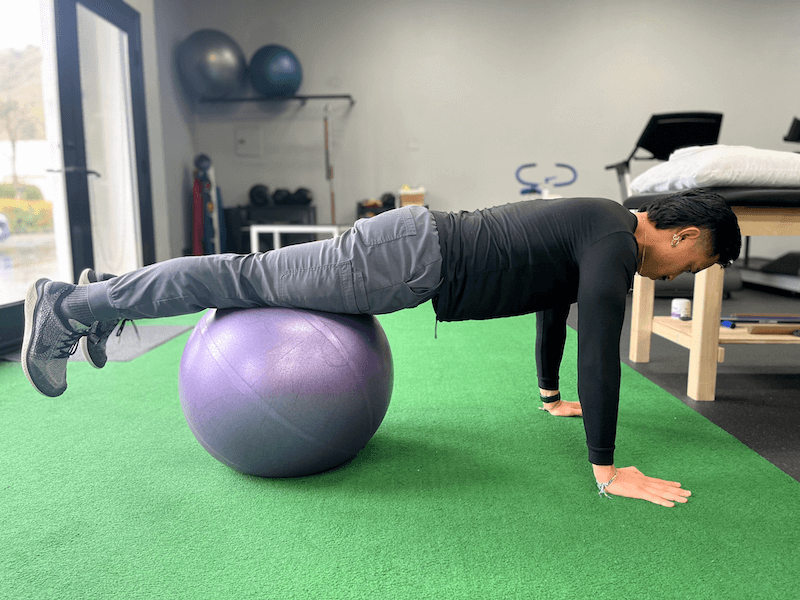
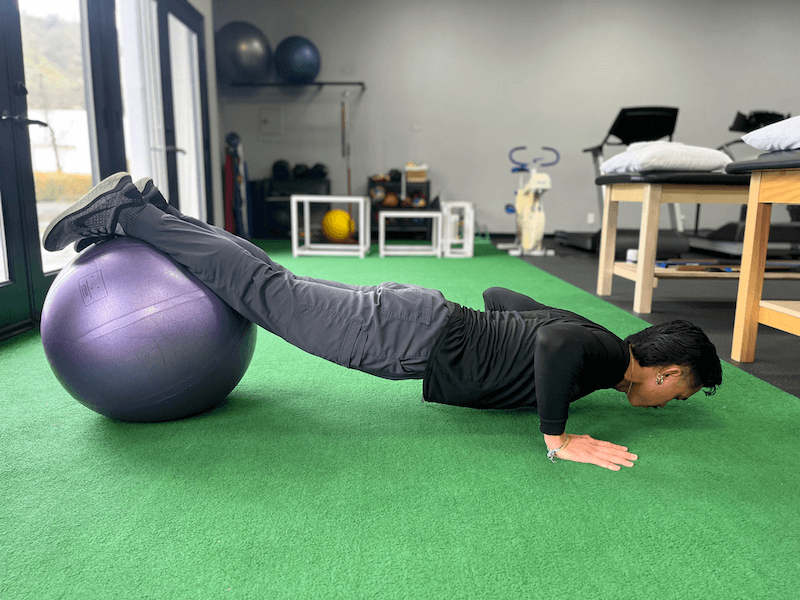
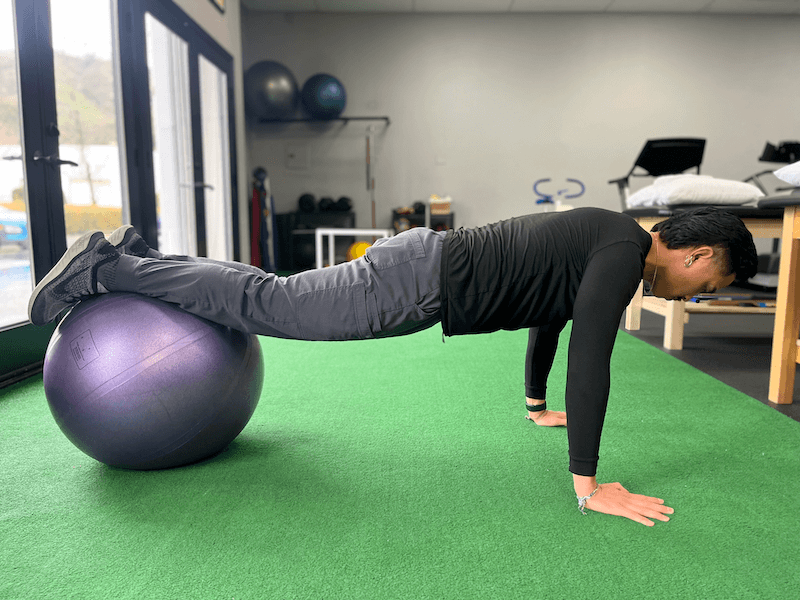
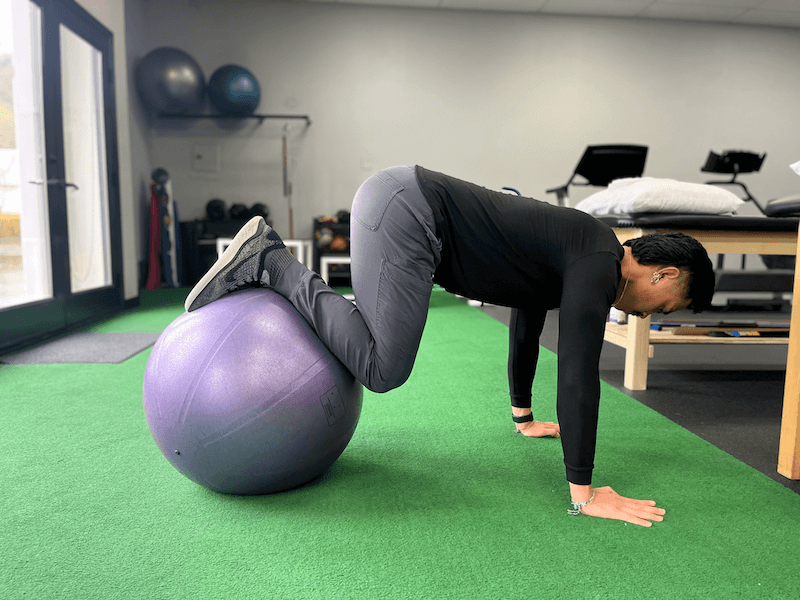
*You should feel it- in your glutes, quad, and abs.
Core strength is a foundational concept to human performance. Having a strong core allows us to perform daily tasks with ease and reduces the possibility of suffering from an injury. While society has placed value on the aesthetics of having washboard abs, we place value on the functionality and the ways to improve it.
If you or someone your know can benefit from improving their core strength, our team can help! Our team designs customized treatment plans that can safely build up your core strength through exercise. Contact us to get started!
-In good health,
– The Salinas Team
Disclaimer: The information provided on SalinasPT’s website is for general informational purposes only and should not be considered a substitute for professional medical advice. We strive to ensure the accuracy and timeliness of the information. By using this website, you acknowledge that you assume full responsibility for any actions taken based on the information provided, and we disclaim all liability for any damages or consequences resulting from such actions. Always consult a qualified healthcare professional for personalized medical advice and treatment.